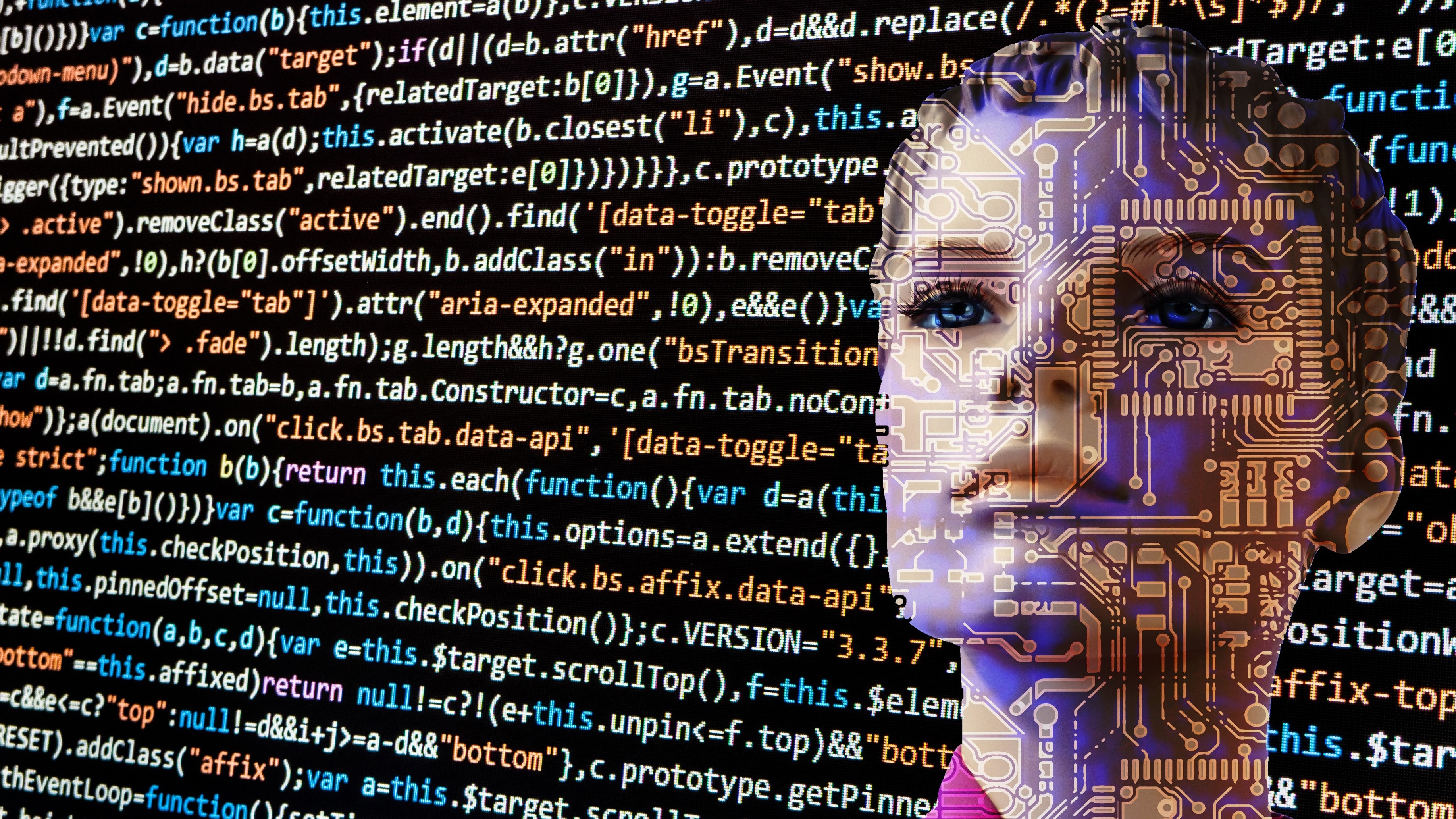AI is no longer a tech niche – 4 industries that will be revolutionized by AI in 2019
AI is set to change the way many industries do business

In her keynote address at Google’s conference, Next ’18, Google Chief Scientist Fei-Fei Li said “AI is no longer a niche in the tech world – it’s the differentiator for businesses in every industry. And we’re committed to delivering the tools that will revolutionize them.”
Li went on to announce Cloud AutoML— a suite of machine learning products that enables developers with limited machine learning expertise to create high-quality models specific to their business needs. The pre-packaged solutions are designed to be easily integrated into existing enterprise workflows, and the majority will be delivered primarily through Google’s enterprise partners.
With the accessibility that Google and other enterprises offer, artificial intelligence will eventually touch nearly every industry on the planet. Here are four ways AI is transforming certain sectors:
- Transforming the recruitment process with AI
- Healthcare leads the way when it comes to AI investment
- Could 2019 be the year AI and automation become mainstream?
Agriculture
Based on research conducted by the United Nations, there will be 2 billion additional people on the earth by 2050, which presents a significant challenge—feeding those two billion. Farmers are turning to AI to produce more food using fewer resources. This includes detecting pests, forecasting what crops will deliver the best returns, harvesting crops at a higher volume and a faster pace with autonomous equipment, monitoring crop and soil health and tracking and predicting various environmental impacts on crop yield such as weather changes.
Organizations like the CGIAR Platform for Big Data in Agriculture are creating machine learning that can predict yield, potential outcomes and challenges for farmers. The organization is then democratizing those tools and data by sharing it with small agricultural businesses. The CGIAR Platform aims to help farmers increase their efficiency and reduce the risks that are inherent in farming.

Photography and design
According to a study by Domo, people generate 2.5 quintillion bytes of data— a lot of that can be attributed to creatives like photographers and graphic designers. As a result, creatives have dumped massive amounts of data into numerous cloud applications without proper organization or strategy, and finding the right file, especially one that you delivered to that one client, can be difficult.
Now, cloud file assurance services use artificial intelligence (AI) and cloud technology to gather, analyze, catalog and protect user’s files by aggregating them from multiple cloud storage accounts, such as Google Drive, Box, Dropbox, Adobe Creative Cloud, OneDrive and others, into one safe, searchable repository.
Sign up to the TechRadar Pro newsletter to get all the top news, opinion, features and guidance your business needs to succeed!
As users add files to the aggregator, it creates extensive, searchable metadata for each file. The service discovers a file’s content and location (GPS), performs optical character recognition (OCR) on PDFs and creates machine learning (ML)-generated vision tags for photographic images and graphics. This analysis helps photographers and creatives more effectively find files stored in their various accounts and devices.
Cloud file aggregators keep the entire history of the file, improving workflow.
Healthcare
Artificial intelligence will be transformative for patients and healthcare providers in 2019.
At the 2018 World Medical Innovation Forum (WMIF) on artificial intelligence presented by Partners Healthcare, leading researchers and doctors presented several areas of the healthcare industry that are most likely to see a major improvement from artificial intelligence within the next decade, such as:
- preventative technology applications that promote and monitor healthy habits and exercise
- early and accurate detection of illness such as cancer, heart disease and Parkinson’s disease before the patient even shows symptoms
- data analytics that unlocks vast amounts of health data by scanning every medical journal, symptom, and case study of a treatment faster than any human leads to fast and accurate decision making
- robots that administer treatment by dosing medication, conducting lab work and participating in patient physical therapy, and even surgery, combating shortages in trained healthcare providers in developing nations
- Research streamlining to cut both the time to market for new drugs and their costs

Construction and city planning
Considering the “D+” grade that the U.S. received on its “Infrastructure Report Card” from ASCE, contractors, city planners and architects will turn to high-resolution aerial imagery, combined with cloud technology and machine learning, for Reality as a Service (RaaS) through building information modeling (BIM) applications.
Combining machine learning with RaaS allows automatic detection of features such as skylights from solar panels, pools from ponds and other ground features like potholes or road imperfections. Other systems can analyze the height, width and surface area of buildings.
Contractors and city planners will integrate Artificial Intelligence (AI) into their everyday workflow—like integrating aerial captures with various design software like 3ds Max, Map3d, Recap, InfraWorks and Civil 3-D as an innovative method to improve workflows and prioritize clear communication and smart design.
Combine RaaS with another dimension—time—and you can see what has changed in an area.
AI has the potential to dramatically improve the way we work and live. As it becomes more accessible in 2019, we will see it transform industries and create new ones that don’t yet exist.
Jeff Looman, VP Engineering at FileShadow
- Also check out the best AI platforms for business
Jeff Looman is Vice President of Engineering at FileShadow, Inc. He has 35 years of experience as a software engineer, in engineering management, product management, and product placement strategies.
He has a demonstrated history of working in the computer software industry. Skilled in Cloud and Mobile Applications, Engineering Management, Product Management, Architecture, and Networking.
